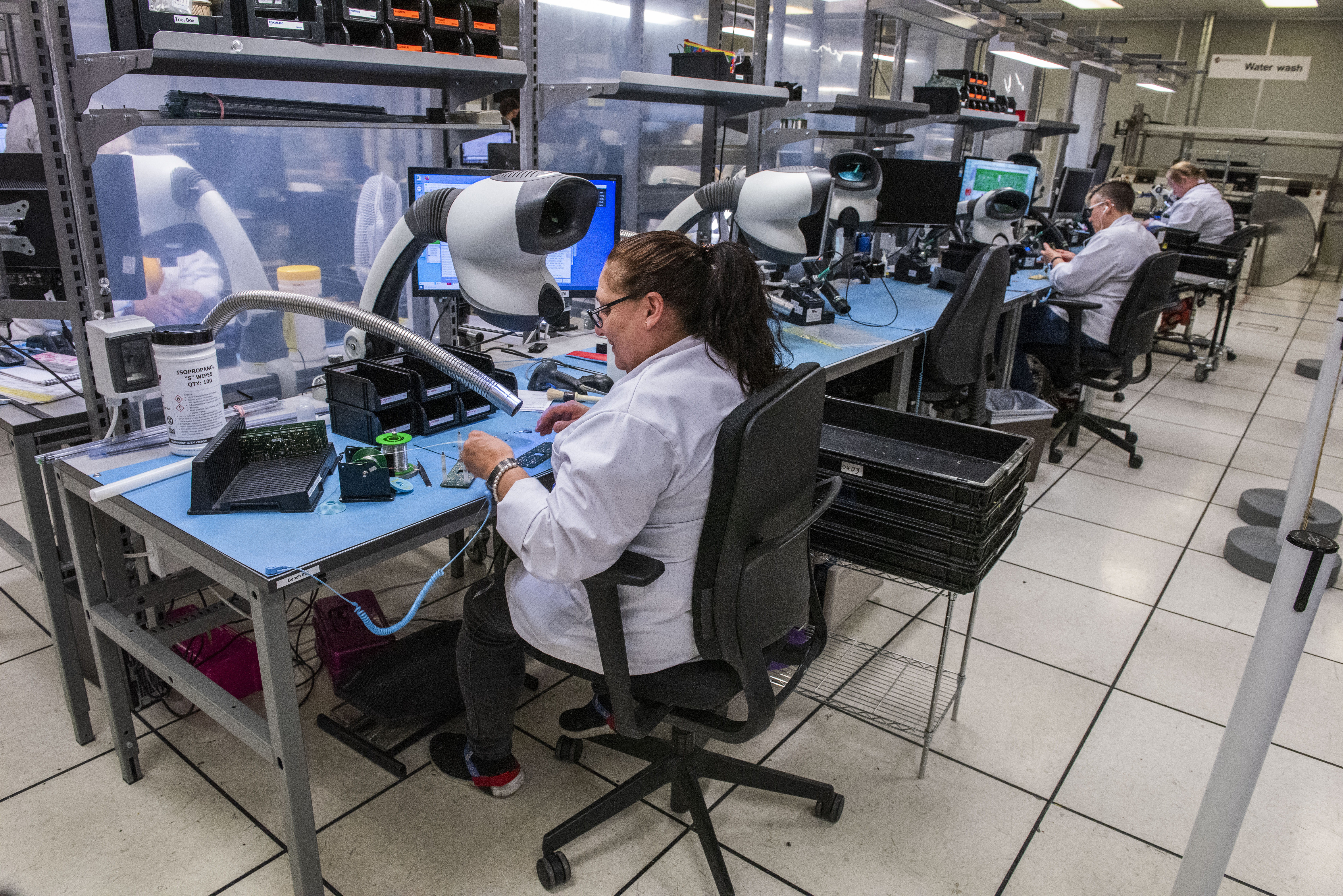In our last blog, we discussed the importance of testing in electronics manufacturing and the testing techniques we apply here at CB Technology.
In this blog, we take a look at the different processes that testing feeds into.
Testing in the Electronic Manufacturing Service (EMS) industry must follow a process, and every manufacturer must develop a scrupulous testing system that is followed diligently.
The main aim of these tests is to ensure the product can do what it says on the tin. A medical device that’s meant to administer 10 drops per millilitre to a hospitalised patient must be able to do so without a glitch. The stakes are high and lives are at risk when manufacturing for the medical and aerospace industries.
Testing ensures mission-critical tasks can be performed by a complex set of electronic systems either using any of the following: Functional Verification Testing (FVT), System Level Test (SLT), or Complex Environmental Test (CET) or a combination of all testing mechanisms.
An EMS manufacturer doesn't only make and assemble electronic products for Original Equipment Manufacturers (OEM) but is often involved in design, testing, distribution, and providing after-sales service support to the end user.
Companies end up spending a lot more capital when they find faults in the product at a later stage of the production cycle laying added emphasis on testing each component early on.
OEMs and end-users will always demand high-level guarantees meaning the margin for error must be near zero. As EMS manufacturers our focus is on building products that are tested to the highest standard, suitable to perform under any circumstance. Electrical testing should never be assumed as a value-added service but as the norm.


